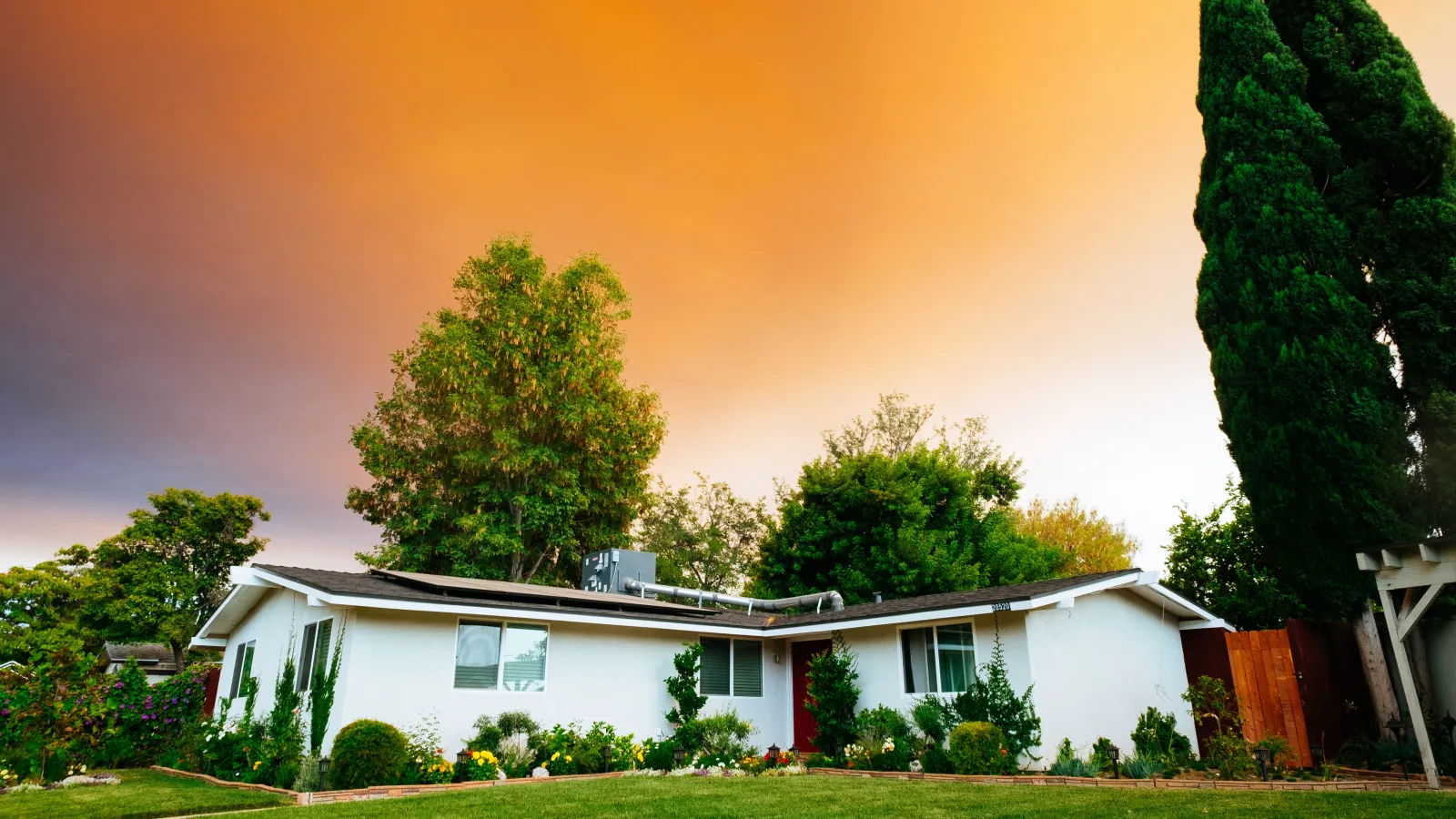If you've ever woken up only to find ants treating themselves to that box of doughnuts you were saving for the morning—you know having a bug problem is beyond frustrating. Pests can be year-round issues, both indoors and outside. Depending on the type, ants can do more than just doughnut damage. Below are the most common types of ants that are plaguing homeowners:
The Thief Ant
Thief ants reside both indoors and outside. They prefer to eat greasy, sweet, proteins, dead rodents and insect foods. They are approximately 1/32-inches long, have a light brown to yellowish coloration, an uneven shaped thorax and small eyes. When they're outdoors, they usually nest under rocks and in decayed wood. When they're indoors, they nest inside cabinets, baseboards or in the voids of walls. Thief ants travel in set trails to their indoor and outdoor nests (and their nests are typically along tree branches).
The Pharaoh Ant
The Pharaoh ant is sometimes confused with the Thief ant because of its similar looks, favored foods and habitat preferences. Pharaoh ants like proteins, dead and alive insects, fats and sweets. Distinguishing differences between the two include the fact that the Pharaoh ant is larger (it is 1/16-inches long), has a honey or yellowish coloration, and resides in larger colonies that contain up to 300,000 workers as well as multiple queens. When they're outdoors, Pharaoh ants reside inside cracks, crevices and debris piles. When indoors, they reside in moist places. If the Pharaoh ant's colony is disturbed or is too large—the ant will move on to a new home.
The Carpenter Ant
The Carpenter ant is the largest ant found in Georgia. Their size varies from 1/2 to 1/4-inches. There are different types of carpenter ants—including the black carpenter ant and the Florida carpenter ant. The black carpenter ant, as its name implies, is black with yellow hairy abdomens. The Florida carpenter ant has a dark reddish thorax and head. The ant becomes active at sundown, and uses semi-permanent food foraging trails to seek out sweet honeydew that's produced by other pests (like aphids) in treetops. The carpenter ant searches for indoor nesting areas that have moisture damage. Unlike termites, carpenter ants don't eat wood. However, they do chew to excavate wood for nests.
Treating an Ant Problem
Sanitation is the biggest step homeowners can take to control ant problems indoors and outside. Elimination is impossible. However, controlling the environment is possible. Control methods include locating the ant nest as well as using products that are specific to the ant type and placement. Most importantly, pest-control specialists are usually your best option if you're trying to get an ant problem under control.



